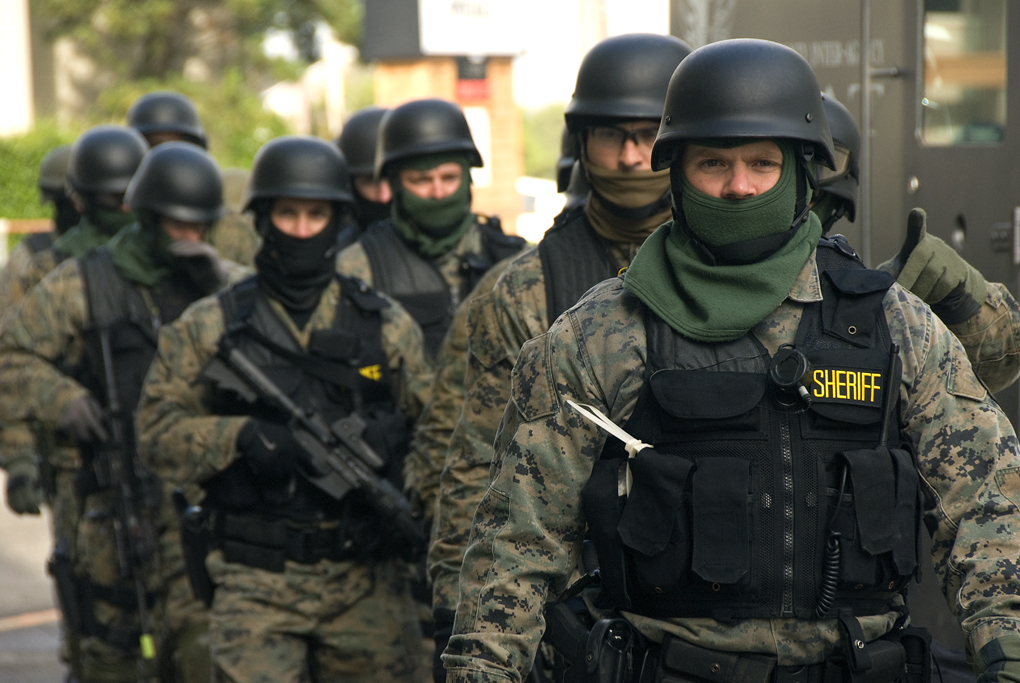On February 9, David Joseph, an unarmed African American teen, was killed by a police officer in Austin, Texas. Joseph, a student at Premier High School, had plans to further his education in college this coming fall. Joseph is just another victim of a larger national trend that needs to be reversed. In 2015, 224 unarmed Americans lost their lives at the hands of police, of which 57 percent were African American or Latino. While it is important to recognize that police officers have a dangerous job, it is also important to realize that they take an oath to serve and protect their community. Killing unarmed citizens is a violation of that oath. Police departments across the nation are currently reforming their policies to reduce excessive use of force by reforming their training to focus more on de-escalation tactics. Whether this will successfully change the perception of police officers from one of warriors to one of guardians has yet to be known.
Some people believe that stressing individual instances of excessive use of force trivializes the work of an officer. They point to the numbers released by the Bureau of Justice Statistics that indicate only 0.5 percent of the 44 million Americans who interacted with a police officer suffered threats or experienced force. But statistics like these miss the point. Relations with the police in communities of color have always been strained by the history of brutality. Contemporary instances of police brutality reinforce this strained relationship. White Americans, unaware of this history, are eager to write them off as isolated incidents rather than acknowledging modern-day discrimination.
African Americans aren’t the only demographic with a historic distrust of the police. The racial context of a city is extremely important for how citizens, black and white, evaluate the police. Police in majority-black cities are held more accountable by white residents than the police departments in majority-white cities. Community-police relations tend to be worse in majority-black cities because white residents gave the police department lower marks.
No one denies that police officers have highly stressful jobs. Police officers attempt to maintain law and order in a country that is overflowing with guns. The stress from this can result in heightened cynicism, excessive aggression, and even temporary memory loss. To reduce this stress, some police departments are now instructing officers to slow down the situation and call for backup. But many police officers feel that calling for backup is a sign of weakness.
Police training is also problematic. Currently, training focuses too much on firearm skills and omits vital exposure to non-lethal weapons and conflict management. The median time of basic recruit training is 18 weeks, not counting field training. Nationally, police departments spend an average of 60 hours on firearms training and 44 hours on self-defense. Less deadly weapons, like Tasers, can be alternatives to guns. But agencies only provide an average of 8 hours of training for Tasers, which is only 25 percent of the necessary training required according to manufacturers.
The ability to defend oneself is an important skill for police officers to have. But the emphasis on firearm skills and self-defense should not compromise the training on mediation skills and conflict management. Police departments only offer an average of eight hours in mediation skills. Moreover, only 39 percent of agencies mandate that all officers go through conflict management training. The importance of conflict management cannot be underestimated. Police officers need to have the necessary training and knowledge to manage their emotional and physiological reactions, particularly in high stress situations.
Instead of viewing police officers as guardians of a community, the rhetoric around the police often revolves around a warrior image. The political discourse during the so-called “War on Drugs” painted police officers as foreign occupiers in communities where they waged an ever-lasting battle against the enemy, which included all residents. But this warrior mentality obscures an important part of policing: the interaction between police officers and the community. People care more about how they are treated by the police than about falling crime rates. When a police officer views himself as a guardian, he or she cares not only about reducing crime but also protecting the residents. King County in Washington State developed the LEAD model to supplant the warrior mentality. Under this model, office training emphasizes listening and explaining the decision-making process to residents. The key of the LEAD model lies in diverting drug offenses into social services instead of relegating them to the criminal justice system.
This cultural shift from warriors to guardians can be observed in policy changes in a few other police departments around the country. The Las Vegas Metropolitan Police Department adopted a policy stating, “the department respects the value of every human life, and the application of deadly force is a measure to be employed in the most extreme circumstances.” Recruiting videos of police departments are also coming under more scrutiny. Videos that show powerful weapons and glorify the use of force, like the one used by the Denison, Texas Police Department are now heavily criticized. With these recruiting videos, police departments may be attracting officers who would be better suited to fight a war than to actually do policing.
Policing in the United States drastically changed during the 1980s as the War on Drugs ramped up. New York’s Rockefeller Laws and “broken windows” policy lead to a crackdown on crime while also hurting the communities where many police officers worked. These zero-tolerance policies should be eliminated. Innocent, unarmed civilians are losing lives because of the lack of training in de-escalation process. Although police departments are starting to reform their policies, many years of history cannot be erased solely by policy change. It takes time for these wounds to heal. Only when police officers see themselves as part of the communities they operate in rather than enemy combatants can America end police brutality.
Image Credit: katesheets/Flickr
